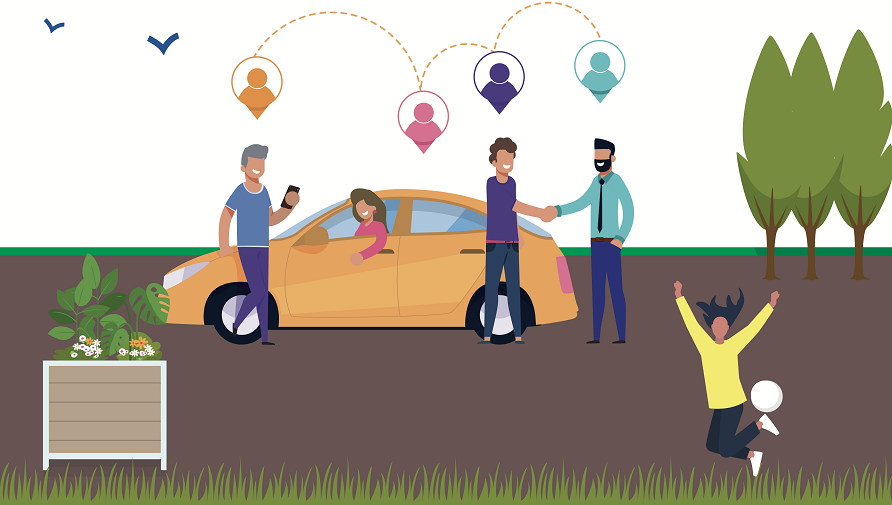Radish Transport
About the collective
Radish Manor currently has three cars and four residents, and we do an effective informal job of sharing the cars amongst us, and occasionally with other trusted members of our social circles. Cars are a great asset to plan collective usage around, because they’re one of the more expensive things we purchase (other than housing), they’re a big source of our carbon emissions. We’re currently discussing what it would look like to formalise our car sharing into a collective that makes our car fleet available to each others and lets us consider decreasing emissions by introducing electric vehicles. We have also considered that a focus on collectivisation shouldn’t, by making our cars even easier to use, cause us to drive more. So, we want to include electric bikes, or other similar options, in the scheme too.
The Radish Transport Collective will hopefully use OxBike as it’s software platform.
My involvement
As the only one in the house who doesn’t own a car, I have selfish reasons for wanting to collectivise the vehicles so that I have better access. However, it has also sparked my interest as I have financial resources to put towards transport that, in a non-collective situation, I would use to by my own private vehicle or rent transport through a corporate platform. By helping create the system that I want to use, and acknowledging when it buts up against my ingrained expectations of always having private assets whenever I need them (and sometimes just letting myself feel that discomfort but not fixing it), I make a good guinea pig to help develop such a scheme.
Theory of Change
1. High-trust resource sharing
There’s a place for lower trust schemes for sharing resources, like the excellent Brunswick Tool Library, where your ability to borrow may be mediated by some reputation within the system, but you don’t necessarily maintain relationships with everyone involved. However, we wish to experiment with car sharing amongst a smaller, higher-trust group. The hypothesis is that this will allow us to do away with so much “checking up” on people. It can still be a scalable solution of the group contributes to tools and processes that are available for other groups to use.
2. Environmental footprint
We think we can reduce our carbon footprint in collective by electric cars, without having to focus on “range anxiety” as much as nuclear families do for a single car. For example, we can all use the short range electric car(s) for our local trips, and perhaps something different for long highway trips. This gives us an affordable path to reducing our collective emissions.
3. Disability access
Commercial car-sharing schemes may not place as much focus on disability access. Since this area is important to Radish House, we are focussed on providing cars with specific conversions made to support our current residents. While this doesn’t make them universally more accessible, as people may have different (even competing) accessibility needs, it does demonstrate a commitment that the cost of expensive accessibility conversions is a collective one, not something that should be borne only by people needing those changes.
